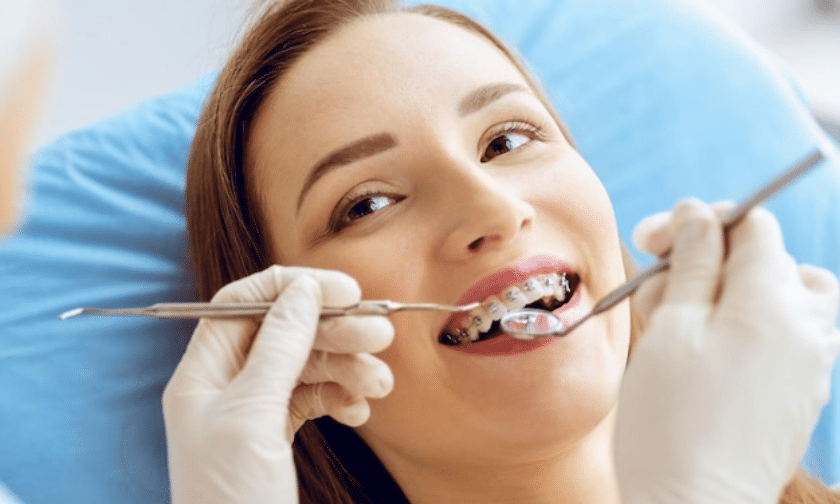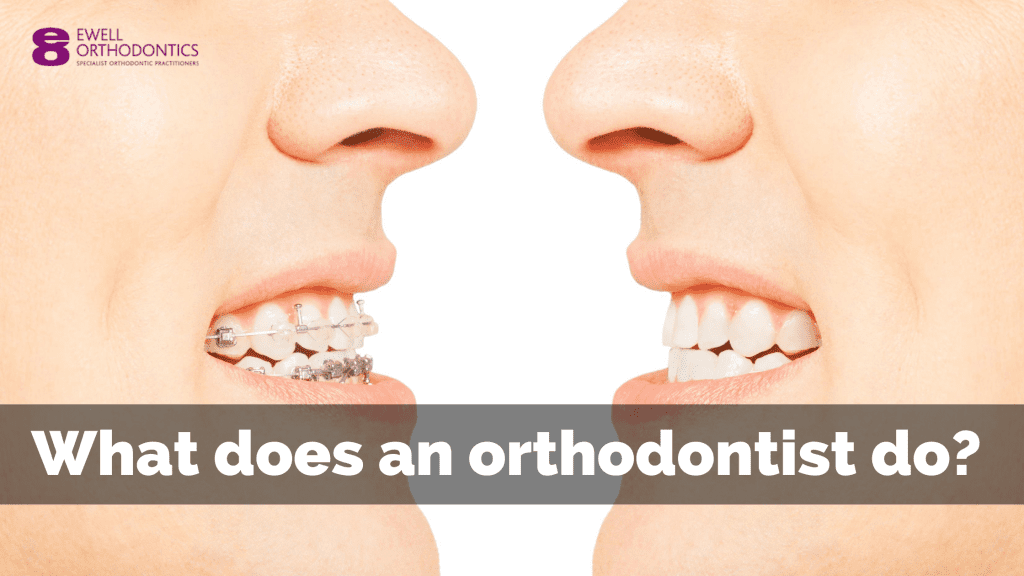How Legacy Orthodontics can Save You Time, Stress, and Money.
Wiki Article
Some Known Factual Statements About Legacy Orthodontics
Table of ContentsThe Single Strategy To Use For Legacy OrthodonticsSome Known Facts About Legacy Orthodontics.An Unbiased View of Legacy OrthodonticsThe 5-Minute Rule for Legacy OrthodonticsSee This Report on Legacy Orthodontics
In enhancement, we offer flexible treatment schedules, adaptable settlement alternatives and a fun, pleasurable experience.An orthodontist is a dental expert educated to detect, avoid, and deal with teeth and jaw abnormalities. They fix existing conditions and are trained to recognize problems that may create in the future. Orthodontists deal with individuals of any ages, from kids to adults. People typically link an excellent smile with good health and wellness.
Malocclusion, or misaligned teeth, can lead to dental problems, including dental caries, periodontal illness, and difficult or uncomfortable chewing. But not everyone is birthed with straight teeth. If you have a negative bite or huge areas in between your teeth, you might wish to get in touch with a dental expert focusing on orthodontic treatment.
What Does Legacy Orthodontics Mean?
( Photo Credit Scores: DigitalVision/Getty Images) Orthodontists utilize fixed and removable dental devices, like dental braces, retainers, and bands, to change the setting of teeth in your mouth. Orthodontic treatment is for oral irregularities, consisting of: Crooked teethBite problems, like an overbite or an underbiteCrowded teeth or teeth that are also much apartJaw misalignmentThe goal of orthodontic therapy is to boost your bite.A healthy and balanced bite guarantees you can eat, eat, and speak appropriately. While you may assume of orthodontists as primarily for kids or teenagers who require braces, they can correct oral problems at any age. Orthodontists participate in university, oral school, and orthodontic institution. After college graduation, they spend 2 or 3 years in an orthodontic residency program.
All orthodontists are dental experts, but not all dental professionals are orthodontists. Orthodontic residency programs supply intensive, concentrated guideline for oral professionals. They concentrate on two locations: Just how to properly and safely move teeth Exactly how to correctly lead advancement in the teeth, jaw, and faceOnce an orthodontist has completed training, they have the choice to come to be board licensed.
Fascination About Legacy Orthodontics
Imbalance, or malocclusion, is one of the most usual reason individuals see an orthodontist. It is genetic and is the outcome of dimension differences between the top and reduced jaw or in between the jaw and teeth. Malocclusion causes tooth overcrowding, a misshapen jaw, or irregular bite patterns. Malocclusion is generally treated with: Your orthodontist affixes metal, ceramic, or plastic square bonds to your teeth.Some people need a headwear to aid relocate teeth into line with pressure from outside the mouth. A retainer is a personalized device that keeps your teeth in area.
They can develop additional room in the mouth without having to draw teeth. Orthodontists make use of cords, medical screws, or plates to support your jaw bone.
You might need to see an orthodontist if you have: Crowding or not sufficient space for all of your teethOverbite, when your top teeth come by your bottom teethUnderbite, when your base teeth are as well far forwardSpacing or issues with gapsCrossbite, which is when your top teeth fit behind your bottom teeth when your mouth is closedOpen bite or an upright gap in between your front bottom and top teethMisplaced midline, when the facility of your bottom and upper teeth do not align Fixing an oral malocclusion can: Make biting, eating, and talking easierImprove the balance of our face and your total appearanceEase discomfort from temporomandibular joint conditionsDifferent your teeth and make them easier to clean up, helping stop tooth degeneration or dental caries It's commonly a dental practitioner who initially notices misaligned teeth throughout a routine examination.
5 Easy Facts About Legacy Orthodontics Explained

Throughout your very first orthodontic appointment, you'll likely have: A dental examPhotos taken of your face and smileDental X-raysPanoramic (360 degree) X-rays of your face and headImpressions a knockout post to create mold and mildews of your teethThese examinations will aid your orthodontist understand exactly how to wage your therapy. invisalign. An orthodontist is a dentist who's had training to treat your teeth and jaw
Orthodontists may execute surgical treatment, exams,X-rays,and more to aid you acquire an extra comfortable, healthier smile. An orthodontist is focused on your bite, so something like a chipped tooth would be taken care of by a dental professional. Orthodontists are dental professionals however not all dental practitioners are orthodontists. Orthodontists are concentrated on your bite, or the method your teeth meshed, and the straightness of your teeth. Ever wondered just how stars always seem to have flawlessly straightened teeth? The response often lies in the skilled hands of an orthodontist. Yet exactly what does an orthodontist do? Orthodontists are dental specialists who concentrate on correcting irregularities in the teeth and jaws. Their knowledge goes beyond just producing a lovely smile; it encompasses improving your total oral health and wellness and function.
6 Easy Facts About Legacy Orthodontics Shown

, orthodontists have a varied toolkit at their disposal. These tried-and-true braces use a system of brackets adhered to the teeth and linked by wires.
Clear aligners, like Invisalign, are a prominent alternative for clients looking for a much more very discreet treatment alternative. These removable trays are custom-made to progressively move the teeth's setting. Headgear might be utilized together with braces or aligners to use added targeted forces, specifically for fixing jaw inconsistencies. In cases of slim jaws, palatal expanders can be utilized to develop area for appropriate tooth alignment.
Report this wiki page